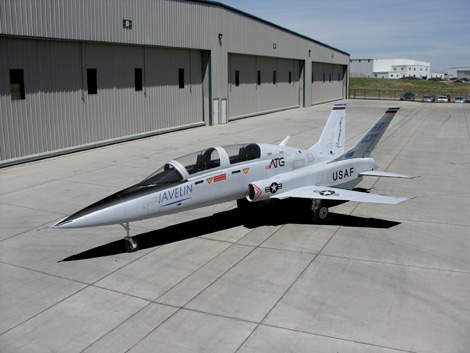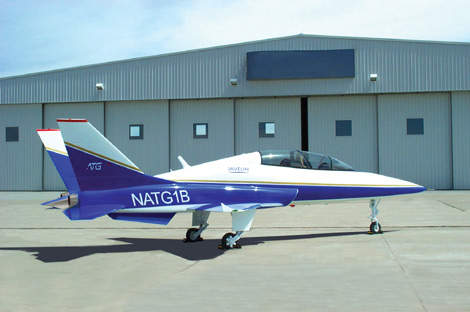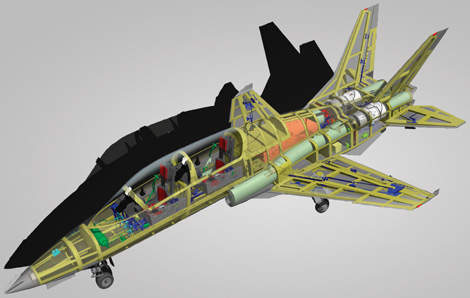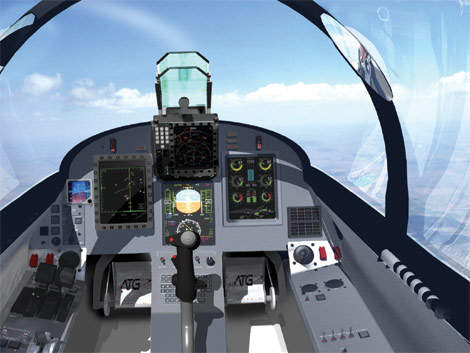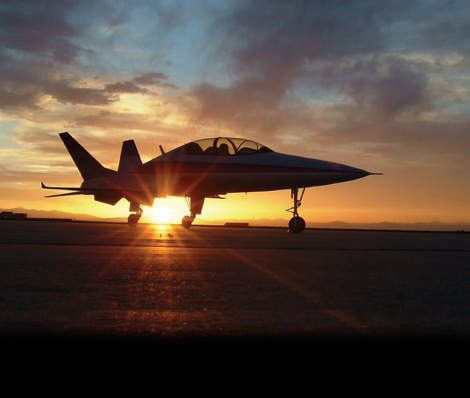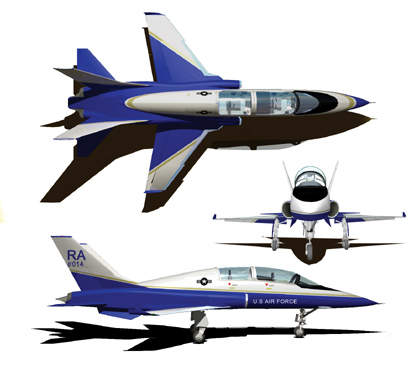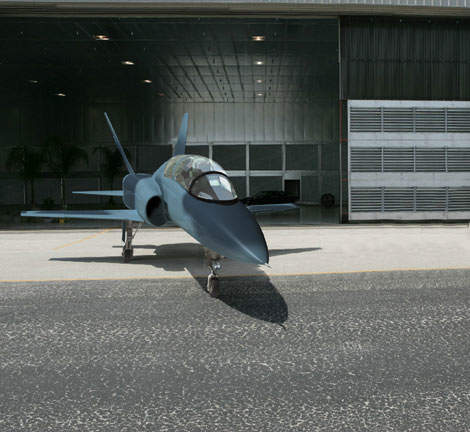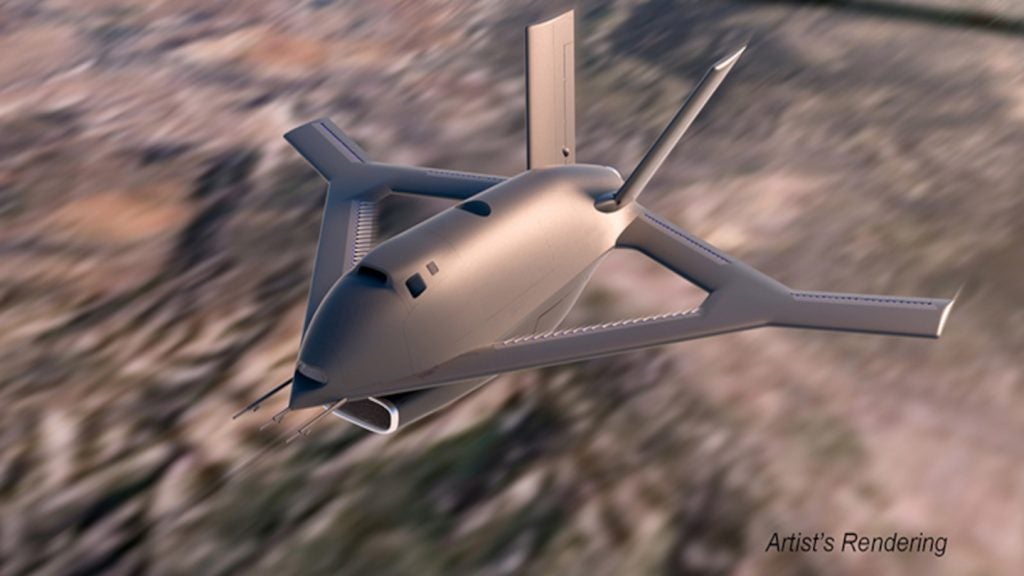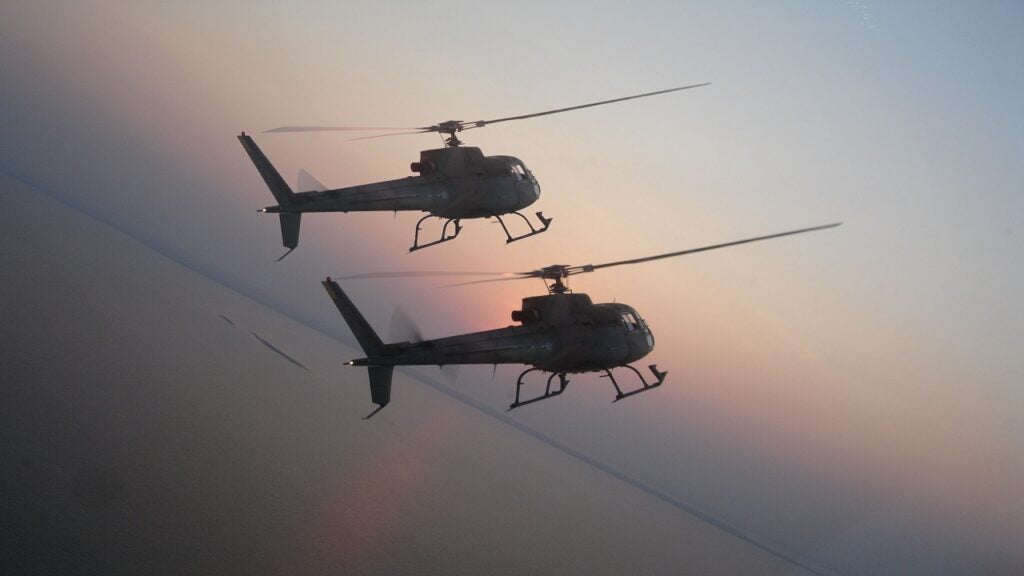In 2004, Israel Aircraft Industries (IAI) and Aviation Technology Group Inc (ATG) announced an agreement to develop and produce the two-seat Javelin family of military jet trainers – the Javelin Mk-20 and the Javelin Mk-30. The Aviation Technology Group Inc, which was set up in 2000 to develop the Javelin jet trainer, has headquarters in Englewood, Colorado.
The Mk-20 is the basic phase 2+ jet trainer and the Mk-30 is an advanced trainer derivative of the Mk-20, with more powerful engines, enhanced avionics and an embedded simulation and virtual training system.
Mk-20 is the basic phase 2+ jet trainer and the Mk-30 is an advanced trainer derivative of the Mk-20.”
The Javelin civilian Mk-10 prototype made its maiden flight in September 2005 at Centennial Airport in Englewood.
The civil Javelin jet was scheduled to enter service in late 2008 followed by the Javelin Mk-20 military trainer and Javelin Mk-30. However the aircraft development programme was halted in December 2007, following the failure to raise sufficient funds for its continuation.
Javelin military trainer aircraft design
The construction of the military trainer aircraft is completed at ATG or IAI facilities depending on the customer. IAI provides military systems integration for HUD and other cockpit systems.
The fuselage is of high-strength, low-weight, composite construction. The aircraft has a swept cantilever wing and two aft body strakes, a sweptback tail and twin vertical stabilizers outwardly canted at 20°
The trainer is equipped with hydraulically operated retractable tricycle-type landing gear. The single-wheeled main landing gear has oleo-pneumatic trailing link struts and anti-skid brakes.
Javelin Mk-20 phase 2 jet trainer
The Mk-20 trainer covers phase 2 basic training, giving a smooth transition for pilots who have successfully completed phase 1 Ab initio training. Depending on customer requirements, much of the more advanced phase 3 training is also possible with the Mk-20.
The cockpit and avionics are compatible with the displays and operating systems deployed in current fighter aircraft such as the Eurofighter, F-15, F-16, MiG-29, Rafale and Su-30.
Javelin Mk-30 phase 3/4 jet trainer
The Mk-30 covers phase 3 advanced training and phase 4 lead in fighter training; successful pilots are then able to transfer to phase 5 Operational Conversion Unit (OCU) training.
The Mk-30 provides training in tactical navigation and formation flight at speeds up to 500kt at low level. The tactical air-to-ground training covers simulated air-to-ground attacks and defence against simulated surface-to-air missile threats. The training includes the identification and simulated attack of ground targets using simulated Synthetic Aperture Radar (SAR) and Forward-Looking InfraRed (FLIR).
Tactical air-to-air training develops the student pilot’s capability to manoeuvre against hostile forces while performing high-g offensive and defensive tactics.
Training sessions include the operation of simulated fire control radar during interceptions and close engagements.
The trainee pilots develop cognitive skills through training in simulated complex battlefield scenarios including representative threats and targets.
The instructor can insert simulated airborne targets and ground to air threats. Real-time ground monitoring facilities allow the instructor to monitor the trainee pilot in solo flight.
Cockpit
The cockpit is fitted with Hands-On Throttle And Stick (HOTAS) operation. A Head-Up Display (HUD) is fitted in the forward pilot station and a HUD repeater in the rear instructor station. The tandem cockpit is fitted with Martin Baker zero-zero ejection seats.
Avidyne Corporation, of Lincoln, Massachusetts, is supplying the FlightMax Entegra integrated flight deck for the Javelin aircraft. Entegra includes two 10.4in diagonal displays – a Primary Flight Display (PFD) and Multi-Function Display (MFD) – in the forward and rear cockpits. The PFD displays attitude, airspeed, altitude, heading and vertical speed. The MFD shows the flight route on a moving colour map with contoured terrain, traffic, and datalinked graphical weather information.
Entegra also includes an integrated flight management system, VHF communication and navigation, Mode S transponder and dual redundant GPS receivers.
Engines
The twin engines are installed in the rear fuselage section. The engine selected for the Javelin Mk-20 is the Williams International FJ33-4-17M turbofan with Full Authority Digital Electronic Control (FADEC). The engine is equipped with an inverted oil system to permit aerobatic manoeuvres.
The engine for the Mk-30 aircraft has not been announced.
The 1,060l (280gl) fuel tank is installed in the fuselage to the rear of the cockpit between the engine air intakes.
Performance
The Javelin Mk-20 has a maximum speed of over Mach 0.85 and a design load factor of +6g to -3g. The landing weight stall speed is under 90kt and it has a landing weight approach speed of around 110kt.
The heavier Javelin Mk-30 trainer has a maximum speed of Mach 0.95 and a design load factor of +6g to -3g. The stall landing weight speed is less than 100kt and landing weight approach speed around 130kt.
Both the Mk-20 and Mk-30 have a ferry range of 1,200nm and maximum altitude of 13,715m (45,000ft).
Virtual training systems
The virtual training systems include a pilot evaluation system, Mission Planning and Debriefing System (MPDS), simulators and a classroom-based knowledge system and training management programme.
The instructors and pilots have access to Air-Combat Manoeuvring Instrumentation (ACMI) type debriefing.

